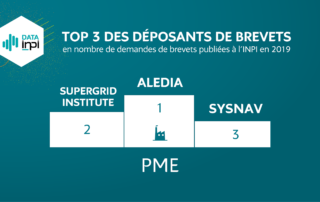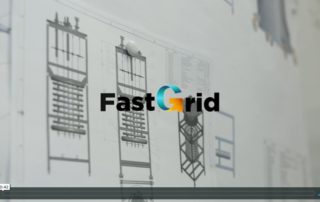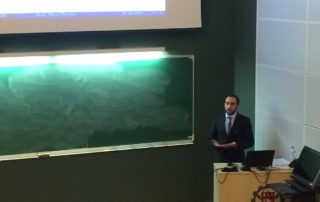Our news
SuperGrid Institute is ISO 9001:2015 certified!
Today, this certification relates to our 2 very HV platforms and our Hyberbaric test platform. Over the next few years, the scope will be extended!
Join us at CIGRE e-session 2020 to catch up with our latest research and innovation!
We are excited to have 3 papers selected this year at the CIGRE e-session!
Join us at CIGRE e-session 2020 to catch up with our latest research and innovation!
We are excited to have 3 papers selected this year at the CIGRE e-session!
SuperGrid Institute’s excellence in innovation is confirmed!
We are very proud to be listed in the INPI's top 10 patent applicants in the SME category in France for the 2nd year running!
SuperGrid Institute’s first ever Annual Report is now online!
We are very excited to be able to share our first ever annual report with you!
[VIDEO] Find out more about the FastGrid project!
With the FastGrid project completion date just a few months away, find out more about the ins and outs of the project in this video filmed at our premises.
Phd Paolo ERRANTE “Liquid Spray Injection inside the expansion volume of a CO2 High Voltage Circuit Breaker”
In the framework of the research activities of the High Voltage Substation Equipment program of SuperGrid, it has been proposed to introduce such species by means of an evaporative liquid spray. The interaction between injected droplets and the mixture of hot gases successively flowing into the chamber and vented outside the chamber during the mechanical separation of the electric contacts should allow spray evaporation and transport of the modified gas mixture towards the arc region.
Phd Majed Eddine MOUSTAID “Experimental development of a thermosiphon loop for thermal regulation of power electronic devices”
The work of this thesis focuses on the experimental development of a passive and biphasic cooling system to cool down power electronics. Some of those modules are mean voltage power converters developed by Supergrid Institute. Some constraints have been imposed upstream to this project. While some limitations are of the technological nature, other constraints are related mainly to the environmental and biological aspects. The first part of this thesis was to find a suitable cooling system that could be adapted to the project specifications. After some research, we decided to build a loop thermosiphon filled with NOVEC 649.
SuperGrid Institute has achieved a major milestone in the development of 10 kV Silicon Carbide (SiC) devices
SuperGrid Institute has achieved a major milestone in the development of 10 kV Silicon Carbide (SiC) devices such as 5A BJT and 50A PIN diode as part of its work on developing innovative solutions for MV converters. Recent tests revealed outstanding switching performances.
SuperGrid Institute wishes you an electric new year!
SuperGrid Institute wishes you an electric new year! [...]











